Korkeasaari Zoo’s Bears Have Awakened from Hibernation
Bears of Helsinki's Korkeasaari Zoo have awakened and emerged from their den today to explore the snow. They went into hibernation last fall at the turn of October and November and can now go outdoors daily if they wish after waking up.
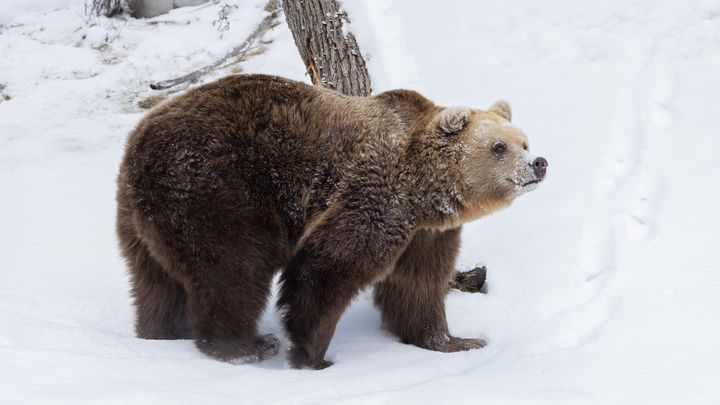
Korkeasaari Zoo's bears have woken up from their hibernation and have been spending time outdoors in their snow-covered enclosure. The zoo’s 24 and 19 year-old female bears had a somewhat restless winter rest. One suspected reason for their frequent awakenings is the mild weather at the beginning of the year. This winter, their longest continuous hibernation period lasted five weeks.
The older of the two bears was the first to rush to the treats hidden in the snow, with the younger one quickly following in her mother’s paw prints. The bears roamed in the snow, digging for food, and even engaged in short sprints and playful wrestling matches. Both also rolled in the snow and spent a good while scratching their backs against a tree before retreating indoors.
Restless sleep
The residents of Bear Castle went into hibernation as usual at the turn of October and November but woke up for the first time already around the New Year. The bears slept more lightly throughout the mild January but returned to deeper sleep when temperatures dropped again in February.
“For the first time, we monitored the bears’ den with a camera and discovered that they move surprisingly much during hibernation. They change positions and take bathroom breaks. The camera did not reveal any specific reasons for their restless sleep in January, but the mild winter likely played a role. Hunger probably wasn’t the cause, as their interest in food remained low throughout the winter,” says zookeeper Susan Nuurtila.
During winter, Korkeasaari Zoo’s bears are fed a lighter diet, including lettuce, carrots, and apples. Now that they have started going outdoors again, dry food has been added to their meals, and as spring progresses, they will gradually return to their normal diet. In the fall, both bears had fattened up to around 220 kilograms. They haven’t been weighed yet this year, but in previous years, they have lost about 50 kilograms over the winter.
For an animal the size of a bear, finding sufficient food in a snowy landscape is challenging, which is why the species survives in northern habitats by hibernating through winter. Hibernation helps bears conserve energy; their body temperature drops only a few degrees, but their metabolism slows down significantly. At Helsinki’s Korkeasaari Zoo, the bears typically wake up from hibernation in February.
Springtime at the zoo
The residents of the zoo’s Bear Castle are now spending time outdoors daily, depending on their energy levels, so visitors may see them in their outdoor enclosures. However, they still have the option to take short naps indoors if they wish.
According to the zookeeper, mornings are when the bears have the most energy. As their appetite grows throughout the spring, they become more active. In the early evening, the bears usually retreat indoors to sleep.
Contacts
Ulla TuomainenCuratorKorkeasaaren eläintarha
Tel:+358 40 592 3298ulla.tuomainen@korkeasaari.fiImages
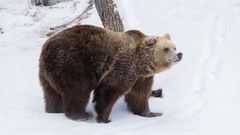
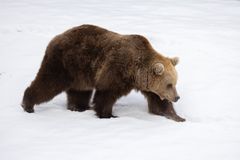
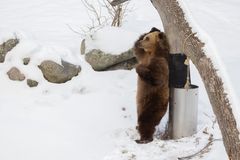
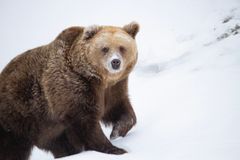
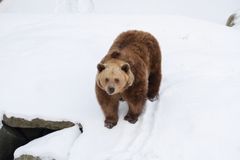
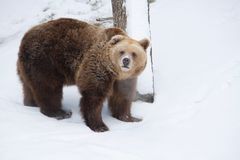
Links
Korkeasaari Zoo
Korkeasaari Zoo is one of the most popular leisure destinations in Finland, and every year, it attracts almost half a million visitors of all ages. The zoo is open all year round. The most important mission of Korkeasaari is to conserve biodiversity and each and every one of the visitors supports this work. Korkeasaari is home for nearly two thousand animals representing approximately 160 species.
Korkeasaari conserves biodiversity as part of the network of zoos and conservation organizations. Endangered species are conserved by breeding as genetically diverse populations as possible to ensure the future of the species. Declining populations in the nature can be strengthened with the help of zoo populations, and animals can be reintroduced to areas where they have previously lived. European forest reindeers, Przewalski's wild horses and many other species have been sent from Korkeasaari Zoo to the wild.
The Zoo is managed by a non-profit foundation, called the Foundation of Korkeasaari Zoo (officially Korkeasaaren eläintarhan säätiö).
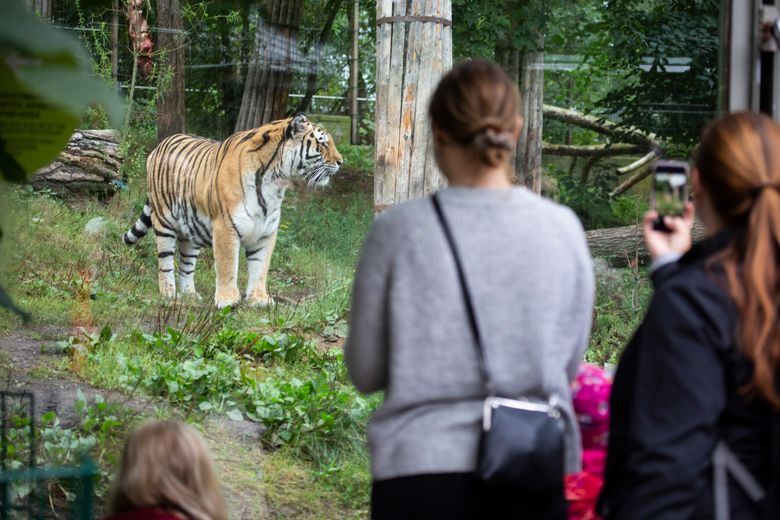
Alternative languages
Subscribe to releases from Korkeasaaren eläintarha
Subscribe to all the latest releases from Korkeasaaren eläintarha by registering your e-mail address below. You can unsubscribe at any time.
Latest releases from Korkeasaaren eläintarha
Tervetuloa Korkeasaaren uuden sisäänkäyntirakennuksen avajaisiin25.11.2025 15:45:22 EET | Kutsu
Korkeasaaren eläintarhan uusi sisäänkäyntirakennus avautuu yleisölle maanantaina 1.12. Samalla avautuvat jalankulkuväylät uudella Finkensillalla ja uudistetulla Korkeasaarensillalla. Media on tervetullut tutustumaan uusiin tiloihin avajaispäivänä tai jo ennakkoon. Ilmoittaudu etukäteen, jotta voimme järjestää haluamasi haastattelut ja kierrokset vierailusi yhteyteen!
Korkeasaaren uusi sisäänkäyntirakennus avautuu 1.12.21.11.2025 10:15:18 EET | Tiedote
Korkeasaaren eläintarhan uuden sisäänkäyntirakennuksen avajaisia vietetään maanantaina 1.12. Uuteen rakennukseen siirtyvät eläintarhan lipunmyynti, kauppa ja kahvila. Samalla Finkensillan eteläpuoli ja Mustikkamaalta tuleva Korkeasaarensilta avautuvat kevyelle liikenteelle.
Korkeasaaren karhut herkuttelivat hunajalla ja menivät talviunille17.11.2025 13:37:17 EET | Tiedote
Korkeasaaren karhut ovat hiljentyneet talviunille. 24- ja 19-vuotiaat karhut nuokkuivat talvipesissään ison osan päivää jo marraskuun alusta alkaen. Ennen talviunille vetäytymistä karhut herkuttelivat Korkeasaaren mehiläispesistä saaduilla hunajakennoilla.
Nuori amurintiikeriuros saapui Korkeasaareen13.11.2025 11:57:13 EET | Tiedote
Kissalaaksoon on tällä viikolla kotiutunut nuori amurintiikeriuros Puolasta. Korkeasaaressa asuu ennestään kaksi amurintiikeriä, 3-vuotias naaras ja sen 12-vuotias emo. Uroksesta toivotaan lisääntymiskumppania Korkeasaaren nuorelle naaraalle erittäin uhanalaisen amurintiikerin suojeluohjelmassa.
Young male Amur tiger has arrived at Korkeasaari Zoo13.11.2025 11:57:13 EET | Press release
This week, a young male Amur tiger from Poland has settled into the Cat Valley. Korkeasaari Zoo is already home to two Amur tigers: a three-year-old female and her twelve-year-old mother. The male has been selected as a future breeding partner for Korkeasaari Zoo’s young female at the conservation program for the endangered Amur tiger.
In our pressroom you can read all our latest releases, find our press contacts, images, documents and other relevant information about us.
Visit our pressroom